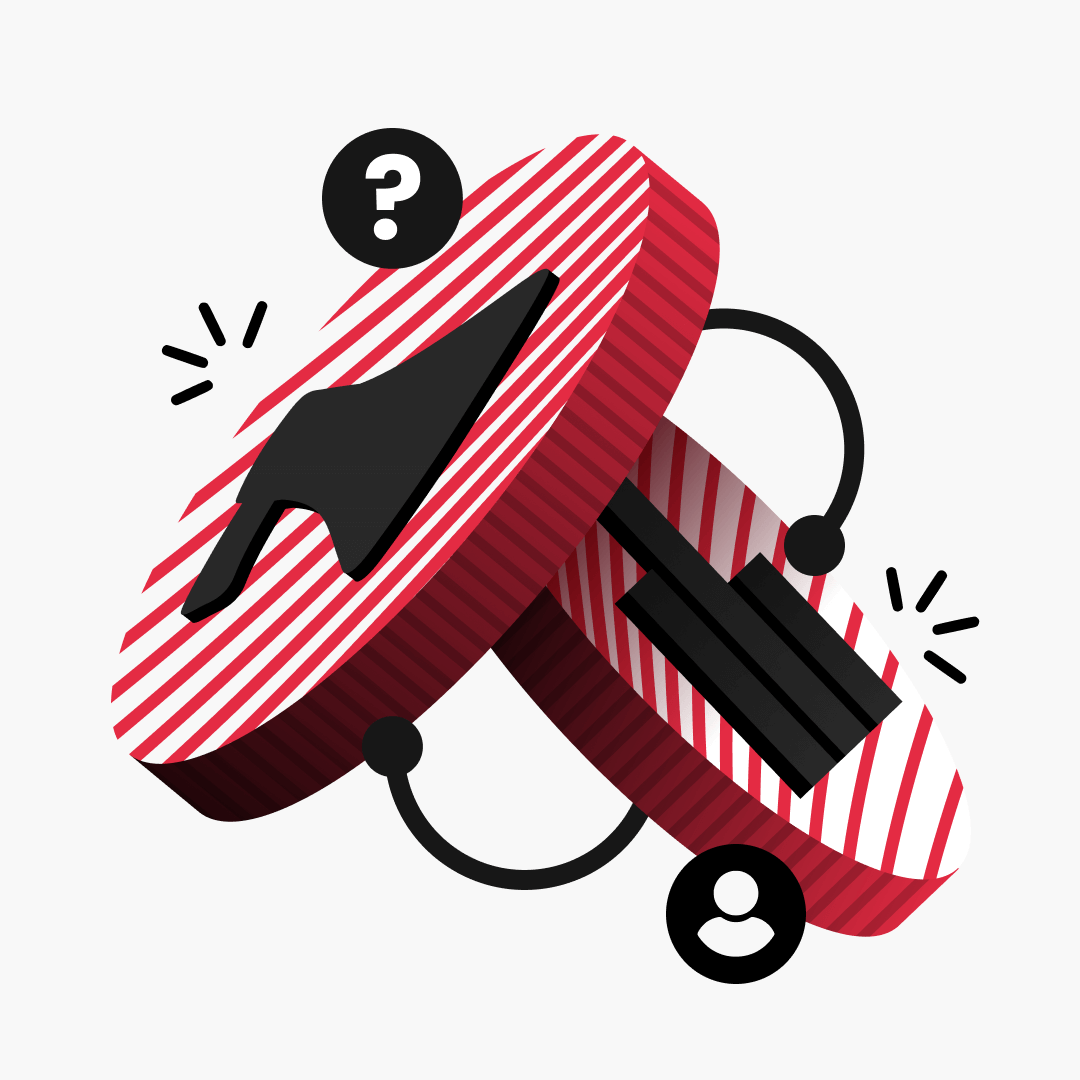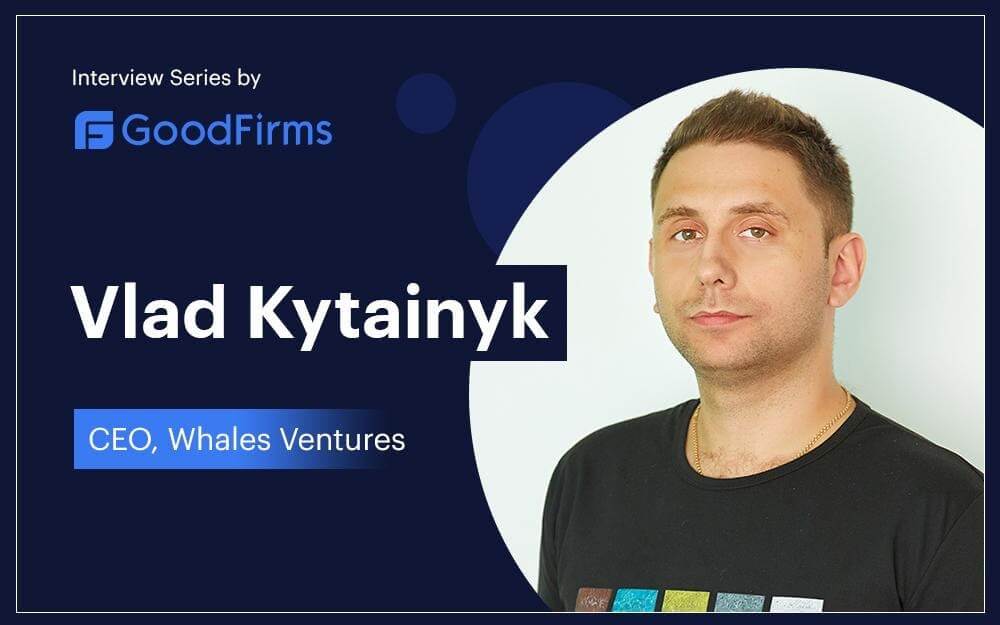How Does Google’s 2023 Update Balance AI-Generated Content?
AI affects content
Do Androids dream of worldwide popularity? They might, but AI already gained it. In 2023, AI has seemingly sneaked into most domains: marketing, photography, music, writing, fashion, and more. Today, we’ll focus on just one – so if you’re curious about how AI integrations will affect content marketing, this is the article for you.
For digital marketers, the rise of AI-generated content is based upon multiple factors:
- efficiency
- cost-effectiveness
- improved quality
- and personalization
Speaking of the challenges associated with AI-written content, we’ll be brief. Heavily relying on AI in digital marketing may cause human writers to lose jobs. AI-generated content also raises ethical questions, especially when it comes to transparency and disclosure. As AI becomes more prevalent, it might rely on popular trends and patterns, resulting in a lack of unique or diverse perspectives. And finally: while AI can produce high-quality content, there’s still a need for human oversight. AI may lack the nuances, creativity and context humans bring.

How Google's 2023 Broad Core Update Affects Content Assessment
Google’s March 2023 Broad Core Update affects the ranking and visibility of websites in search engine results pages (SERPs). It touches all content categories across all geographies and languages to encourage high-value web pages. The update doesn’t focus on specific pages, but rather the overall quality of content we find on SERPs. It aims to improve search results by reassessing and adjusting how Google evaluates and ranks websites based on various factors, including content relevance, user experience, and overall quality
The Impact
AI-powered tools can analyze large amounts of data, identify patterns, and make data-driven recommendations to improve content effectiveness. Google’s updates, including the March 2023 Broad Core Update, generally aim to ensure that content created with AI or otherwise provides genuine value to users. Google strives to prioritize high-quality, original, and relevant content over content that may have been generated solely for search engine optimization purposes.
Consequently, the update impacts websites involving black-hat SEO practices, which violate Google’s guidelines. Black-hat SEO techniques, such as keyword stuffing, cloaking, link schemes, and content scraping, are designed to manipulate search engine rankings artificially. When Google identifies these through algorithm updates, it may penalize or devalue the affected websites in search results. This can result in decreased organic visibility, lower rankings, and reduced traffic for websites employing black-hat SEO tactics.
With each core update, Google strives to refine its algorithms to better detect and address these manipulative practices. By doing so, Google aims to provide users with more accurate and trustworthy search results.

How To Keep Your Pages High In Search Results
While the specific details of Google’s algorithms are proprietary and subject to change, Google generally rewards original content demonstrating E-E-A-T qualities: expertise, experience, authority, and trustworthiness. None of these can be fully ensured with AI, so human oversight is integral.
Here are some other factors Google takes into account:
- Relevance: Google assesses how well the content matches the search query or user intent. High-quality content should provide accurate and useful information that directly addresses the user’s query or intent.
- Originality and Uniqueness: Google looks for unique content that provides value to users. Duplicate or copied content is typically devalued, while original content that offers fresh insights or perspectives is preferred.
- User Experience: Google considers factors related to UX, such as website loading speed, mobile-friendliness, ease of navigation, and overall user satisfaction. Websites with seamless UX tend to rank higher.
- Content Depth and Quality: Google values comprehensive, in-depth content that thoroughly covers a topic. Keep it well-researched, well-written, and informative.
- Backlinks and Citations: Google considers the quality and quantity of backlinks pointing to a website as an indication of its authority and trustworthiness. Additionally, proper source citations and references within the content can contribute to its authenticity and credibility.
- User Engagement Signals: Google assesses signals, such as click-through rates, bounce rates, and time spent on page, to understand how users interact with the content. Higher user engagement indicates that the content is valuable and relevant.
Please note: these factors work together in a complex algorithmic process, and the weight assigned to each factor may vary depending on the specific search query and context. While most of these factors can be supplemented with AI, whether it’s analysis, backlink research, content writing, or user engagement automation tools – we recommend you use it sparingly if at all.
Now, let’s move on to the practical recommendations. Here’s what you’ll want to do to enhance your site structure, page loading speed, and mobile optimization.
Site Structure:
- Clear and logical hierarchy: Organize your website’s content into a clear and hierarchical structure; make each page easily accessible and linked to from relevant sections.
- User-friendly navigation: Implement intuitive navigation menus and breadcrumbs to help users navigate your website effortlessly.
- Internal linking: Incorporate internal links throughout your content to establish connections between related pages and improve the overall site structure.
Page Loading Speed:
- Optimize images: Compress and optimize images to reduce their file sizes without compromising quality. Use appropriate image formats (JPEG for photos, PNG for graphics) and lazy-loading techniques to improve loading speed.
- Minify code: Minify CSS, JavaScript, and HTML files to remove unnecessary characters, white spaces, and line breaks, reducing file sizes and improving loading speed.
- Enable browser caching: Leverage browser caching by setting cache expiration headers, allowing repeat visitors to load your website faster by storing certain elements locally.
Mobile Optimization:
- Responsive design: Make sure your design automatically adapts your website’s layout and content to different screen sizes and devices. This ensures a consistent and user-friendly experience across desktops, tablets, and mobile devices.
- Mobile-friendly navigation: Optimize your navigation menus and buttons for mobile users, making them easily tappable and accessible on smaller screens.
- Test and optimize: Regularly test your website’s mobile performance with such tools as Google’s Mobile-Friendly Test. Identify and address any issues related to font sizes, button sizes, or mobile-specific elements.
For the general recommendations:
- Use a content delivery network to distribute your website’s content across multiple servers.
- Minimize redirects to reduce round trips and boost page loading speed.
- Enable server-side caching & leverage caching plugins to store frequently accessed data and reduce server response time.

Final Words
Does maintaining a strong online presence and avoiding negative impacts from algorithm updates sound like your goal? Focus on ethical, white-hat SEO practices. This involves creating high-quality content, optimizing website structure and UX, earning authoritative backlinks, and engaging in legitimate promo strategies.





